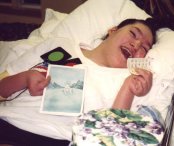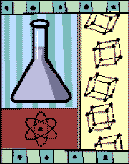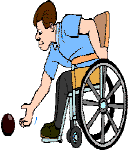The Cerebral Palsy Network
- Cephalic Disorders
- Anencephaly
- Cebocephaly
- Colpocephaly
- Ethmocephaly
- Holoprosencephaly
- Hydranencephaly
- Iniencephaly
- Lissencephaly
- Magalencephaly
- Microcephaly
- Porencephaly
- Schizencephaly
- Rare Cephalies
- More Information
- Research
Around CPN
Resource
Center
HYDRANENCEPHALY is a rare condition in which the cerebral hemispheres are absent and replaced by sacs filled with cerebrospinal fluid. Usually the cerebellum and brainstem are formed normally. An infant with Hydranencephaly may appear normal at birth. The infant’s head size and spontaneous reflexes such as sucking, swallowing, crying, and moving the arms and legs may all seem normal. However, after a few weeks the infant usually becomes irritable and has increased muscle tone (hypertonia).
After several months of life, seizures and hydrocephalus may develop. Other symptoms may include visual impairment, lack of growth, deafness, blindness, spastic quadriparesis (paralysis), and intellectual deficits.
Hydranencephaly is an extreme form of Porencephaly (a rare disorder, discussed later in this fact sheet, characterized by a cyst or cavity in the cerebral hemispheres) and may be caused by vascular insult or injuries, infections, or traumatic disorders after the 12th week of pregnancy.
Diagnosis may be delayed for several months because the infant’s early behavior appears to be relatively normal. Transillumination, an examination in which light is passed through body tissues, usually confirms the diagnosis. Some infants may have additional abnormalities at birth including seizures, myoclonus (involuntary sudden, rapid jerks), and respiratory problems.
There is no standard treatment for Hydranencephaly. Treatment is symptomatic and supportive. Hydrocephalus may be treated with a shunt.
The outlook for children with Hydranencephaly is poor. Death generally occurs before age 1.
This site designed & maintained by Mystic Dawn Web Creations. The Cerebral Palsy Network©1997/2003. All graphics are the exclusive property of CPN, unless otherwise indicated. Contact CPN at Cerebral Palsy Network for further information.
Last updated 03/24/03

Amanda the reason CPN was
started
CPN
Reunion 2003

CP
Research
What's happening Today with
Cerebral Palsy

Special
Olympics
What's happening with
Special Olympics in 2003

CP
& Education
What's happening with
Special Need and Education in 2003